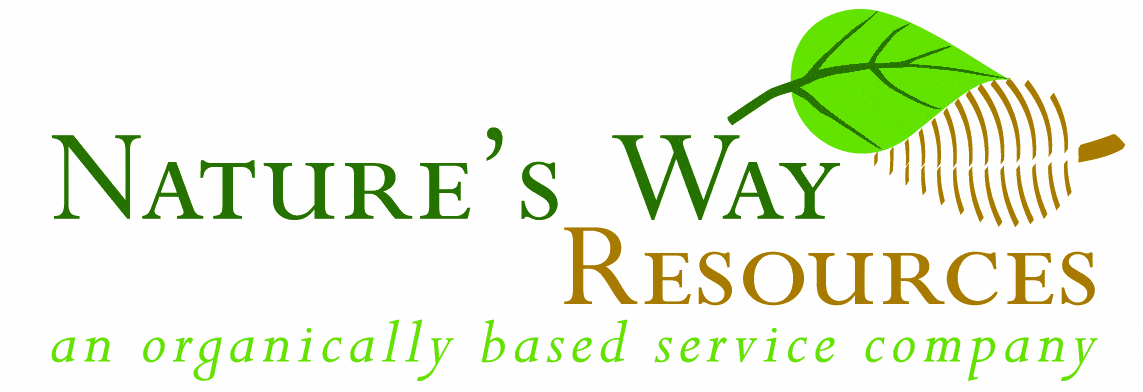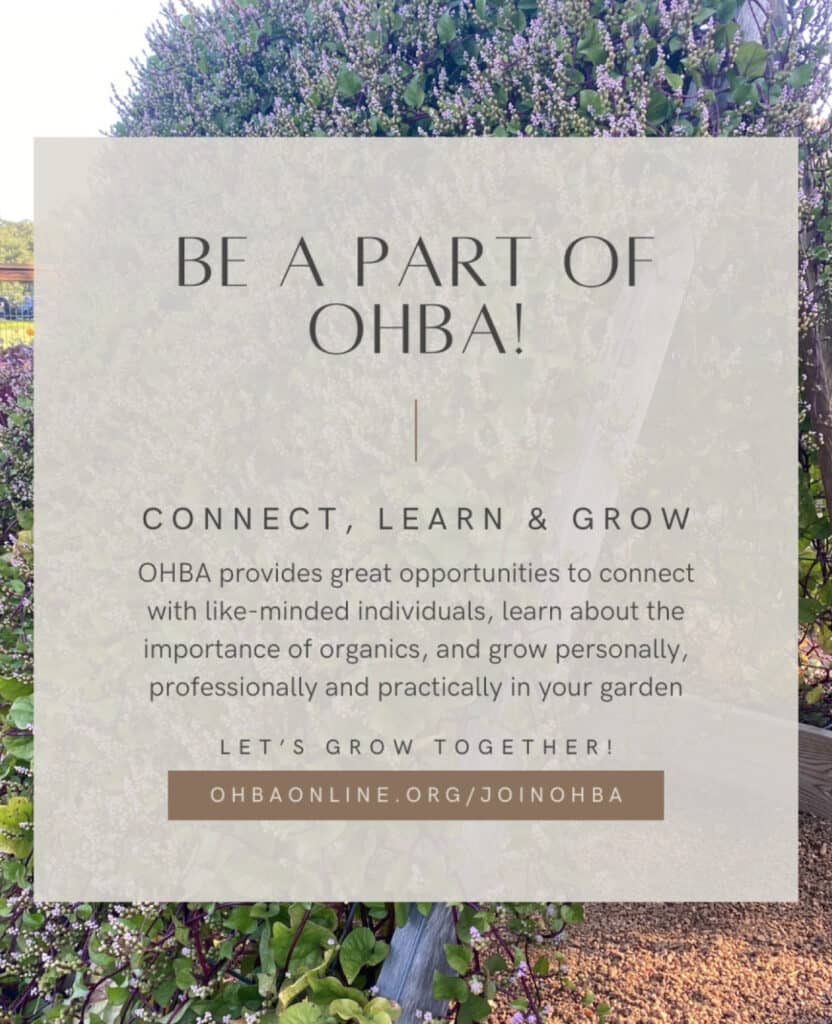GARDENING FOR AMPHIBIANS
By Cassidy Johnson, PH.D. T.O.A.D. (Texas Organization for Amphibian Diversity) www.thehoustontoad.org

The greater Houston area is home to several species frogs and toads, many of which make their homes in our outdoor spaces. These nighttime residents make great neighbors, consuming up to 5,000 insects a year! Amphibians are important as food for other animals and researchers are also currently studying amphibian skin secretions for the production of new antibiotics.
Unfortunately, more than 35% of the world’s amphibians are threatened with extinction, and our local amphibians are no exception. The Houston toad disappeared from Harris County in the 1970’s, and sadly, many other species are following suit.
When presented with this grim outlook for our webbed-footed friends, many folks think that there is not much they can do to help – but this is not the case! Homeowners can make a huge difference by making just a few changes to how they take care of their yards:
- Limit or stop using pesticides and herbicides. Amphibians are sensitive to the toxins found in pesticides and herbicides because they readily absorb water through their skin. The pesticide atrazine is particularly problematic because it causes the feminization of male amphibians, affecting their ability to breed.
- Reduce fertilizer use The nitrates in fertilizers can kill many amphibian species. This is particularly problematic in our area because yard runoff goes directly into our bayous. Using compost in gardens and leaving grass clippings on the ground is a much safer (and cheaper) method to fertilize your yard. The added bonus of using compost is that several amphibian species, including the Gulf Coast toad, the Rio Grande Chirping frog, and the Narrow-mouth toad, may take up residence in the compost pile!
- Use native plants Using native plants not only reduces water usage, they attract insect species that our local amphibian pals like to eat! Native plants are also vital for many pollinator species, including butterflies, bees, and moths. Landscaping with native plants is one of the best (and easiest) changes that everyone can make that has a big impact on the health of the environment.
Thanks to everyone who is already implementing one or two of these practices! The small changes mentioned above have an additive effect on the environment and will ensure a future for amphibians in our county. And like I tell all of my friends, I would rather have toads on my back porch than cockroaches any night of the week!

